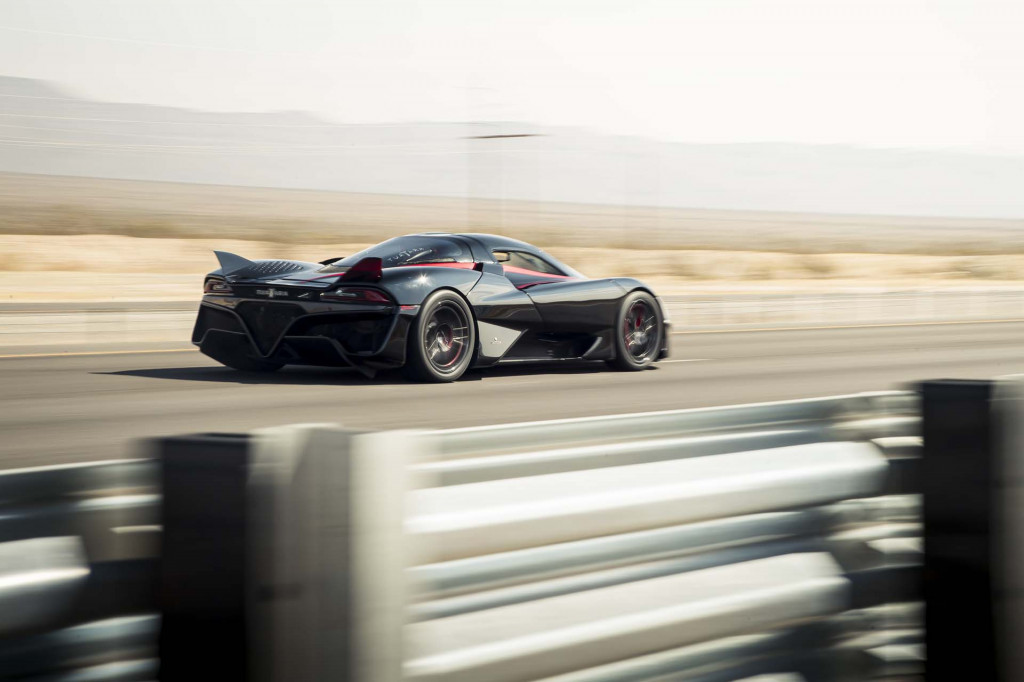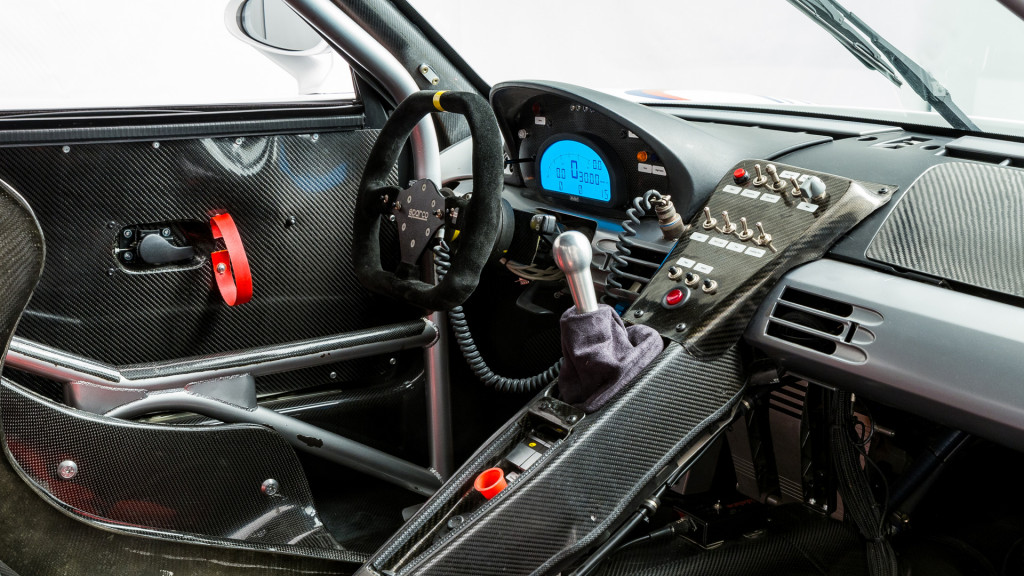BMW’s M2 Competition is a pretty devastating weapon straight from the showroom floor. But this aggressively tuned example? This one’s as hard as nails…
Feature taken from Fast Car magazine. Words Daniel Bevis Photography Daniel Pullen

BMW’s M division has always dabbled craftily with the fusion of the suave and the aggressive. Picture a stylish, crisply cut Savile Row suit; perhaps a sober black with a delicate charcoal pinstripe. But within it resides not an accountant or a lawyer, but a snarling bear with glistening rows of knife-sharp teeth, its rippling muscles barely contained by the genteel fabric. That’s basically what the original BMW M5 was. Unleashed upon the crowded executive/midsize market in 1985, it took many a boy racer by surprise at the lights, looking for all the world like the motorway-munching wheels of a travelling salesman (albeit one who was doing rather well for himself).

Beneath that stylish suit hid the chassis from the M535i and the engine from the spaceship-like M1; it had 282bhp, which was a lot for the mid-eighties. Hell, it’s a lot now. And ever since that original foray into the entertaining world of stealth ballistics, the M5 has consistently remained a paragon of neatly tailored brutality and, a few generations down the line, its influence has spread throughout the ever-expanding M-pire with subtle but devastating force.

Look at the M2, which is currently lurking malevolently in the showrooms. There’s a car with a twisted development story – it’s based on the 2 Series, which was launched to replace the coupe and convertible variants of the 1 Series. So it’s already a confused proposition, being an upscaled badge on a lengthened version of a hatchback which, oddly, is the size of the older versions of the saloons that sit above it in the model line-up. Keeping up with all this? Stick with it, it gets weirder. BMW decided to amp up the details to create the M2, an entry-level proposition for the broader M catalogue and a spiritual successor to the old 1 Series M Coupe.

But as the project developed, it became increasingly apparent that the M division doesn’t really do ‘entry-level’, and the whole thing started to get a bit crazy. The M2 was fitted with a twin-turbo 3.0-litre straight-six, good for a vivid 365bhp, and you could either choose a 6-speed manual or a 7-speed M-DCT dual-clutch transmission, the latter of which featured a ‘Smokey Burnout’ mode as standard (seriously). The N55 motor was stuffed with pistons pinched from the M3/M4, and the chassis sported extensive lightweight aluminium componentry to strip out oodles of weight.

…and then things became even more bonkers. You see, the car we have before the camera today is no ordinary M2. And we’re not specifically talking about the aftermarket upgrades; the key point here is that this is an M2 Competition. And that one word stands for a lot. What’s the difference? The standard M2 runs the aforementioned N55 straight-six with the M3/M4 pistons, but the M2 Competition takes that idea a step further by essentially pinching the entire twin-turbo S55 engine from the M3/M4, lightly modifying cooling and lubrication for the M2 application. All of this gives the perky two-door a handy 405bhp. That’s a huge amount of horsepower to shovel into a car with such a compact profile, which serves to prove how the M division really is kicking out the jams these days. BMW has basically modified the M2 on buyers’ behalf and sold it with a warranty.

So, the M2 Competition serves as a pretty bloody rambunctious base for a project, you’ll no doubt agree. And sidling into the story here from stage left are the guys from Car Audio Security – an aftermarket powerhouse with a long and illustrious history of taking desirable motors and making them, well, more desirable. The modus operandi is clear, owing to the fact that Car Audio Security don’t only deal with matters pertaining to car audio and security; both of those elements are at the forefront of their builds, of course, but the fact that this company is also an approved dealer for Rotiform wheels and Air Lift suspension means that these cars all share common values. In short, they get dropped into the weeds on saucy rims. And that’s precisely what’s happened here.

Snapping up a showroom-fresh example of the factory-hot-rodded Competition model, this collective of mad scientists wasted no time in tearing into the stock suspension; the M2’s now wearing a full Air Lift setup, complete with custom boot install and the air-ride controller neatly mounted in the lower dash. This is a seamless integration in the interior, which features all of the fancy bits you’d expect of an M car (particularly those awesome seats – just look at them, they’re magnificent) along with the desirable carbon pack.

And if carbon fibre’s your bag, look at what’s been going on outside. That crisp Alpine White is masterfully counterpointed by a tasteful smattering of carbon – and the more you look, the more you find. At the nose we spot carbon kidney grilles, and a glossy splitter at the bottom; moving to the side we find the material upgrade taking over the mirrors, the wing vents and the lower splitters, and at the tail end there’s a lip spoiler on the bootlid and a racy diffuser down below.

The carbon offers the perfect motorsport vibe to take the M2 Competition to the next level – an effect hugely amplified by the wheel choice. Check ’em out, they even say ‘MOTORSPORT’ in huge letters on each one! These are Rotiform’s fresh BUC-M design, a Touring Car-inspired multispoke affair that suits the coupe – quite literally – down to the ground.

The overall package is simple but effective, and very much in-keeping with the M division’s own vibe: the fusion of the suave and the aggressive. This M2 just happens to wear its aggression a little more openly – yes, it’s still a snarling bear in a Savile Row suit… but this one’s got neck tattoos and chunky signet rings. The full M experience, but with a harder edge.

TECH SPEC: BMW M2
Styling:
Alpine White, carbon fibre front splitter, carbon wing mirrors, carbon kidney grilles, carbon boot spoiler, carbon side vents, carbon side splitters, carbon rear diffuser
Tuning:
N55B30T0 3.0-litre twin-turbo straight-six, 7-speed dual-clutch M-DCT
Chassis:
8.5×19” Rotiform BUC-M wheels, Nankang AS-2+ tyres, Air Lift Performance suspension
Interior:
Carbon pack, Air Lift controller installed in lower dash













